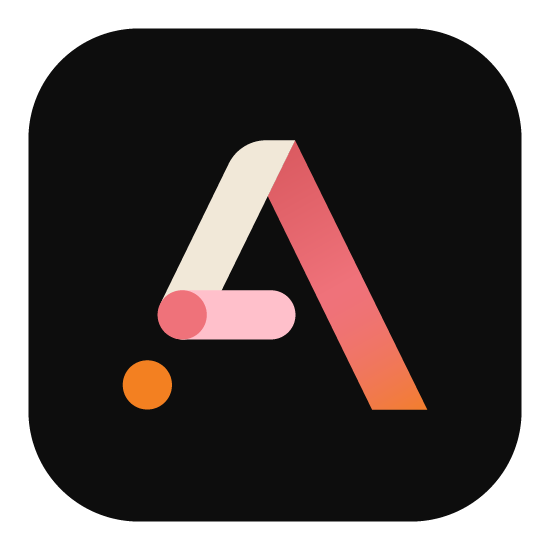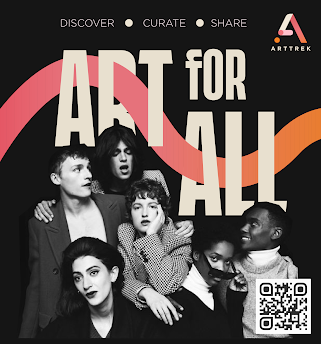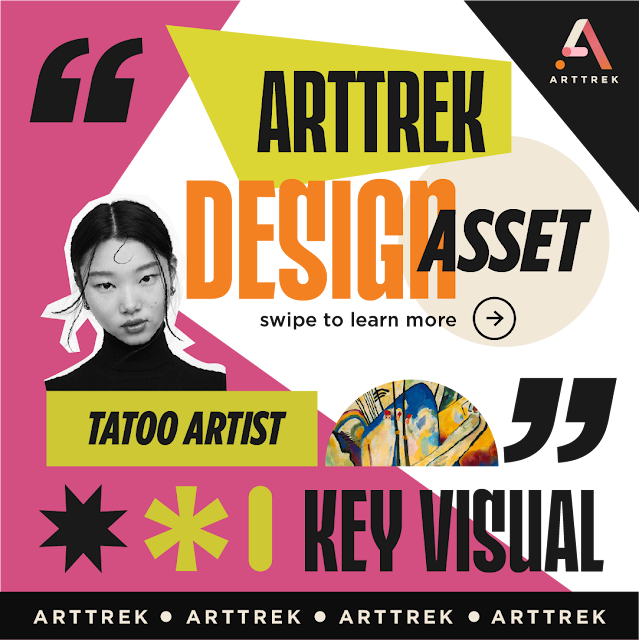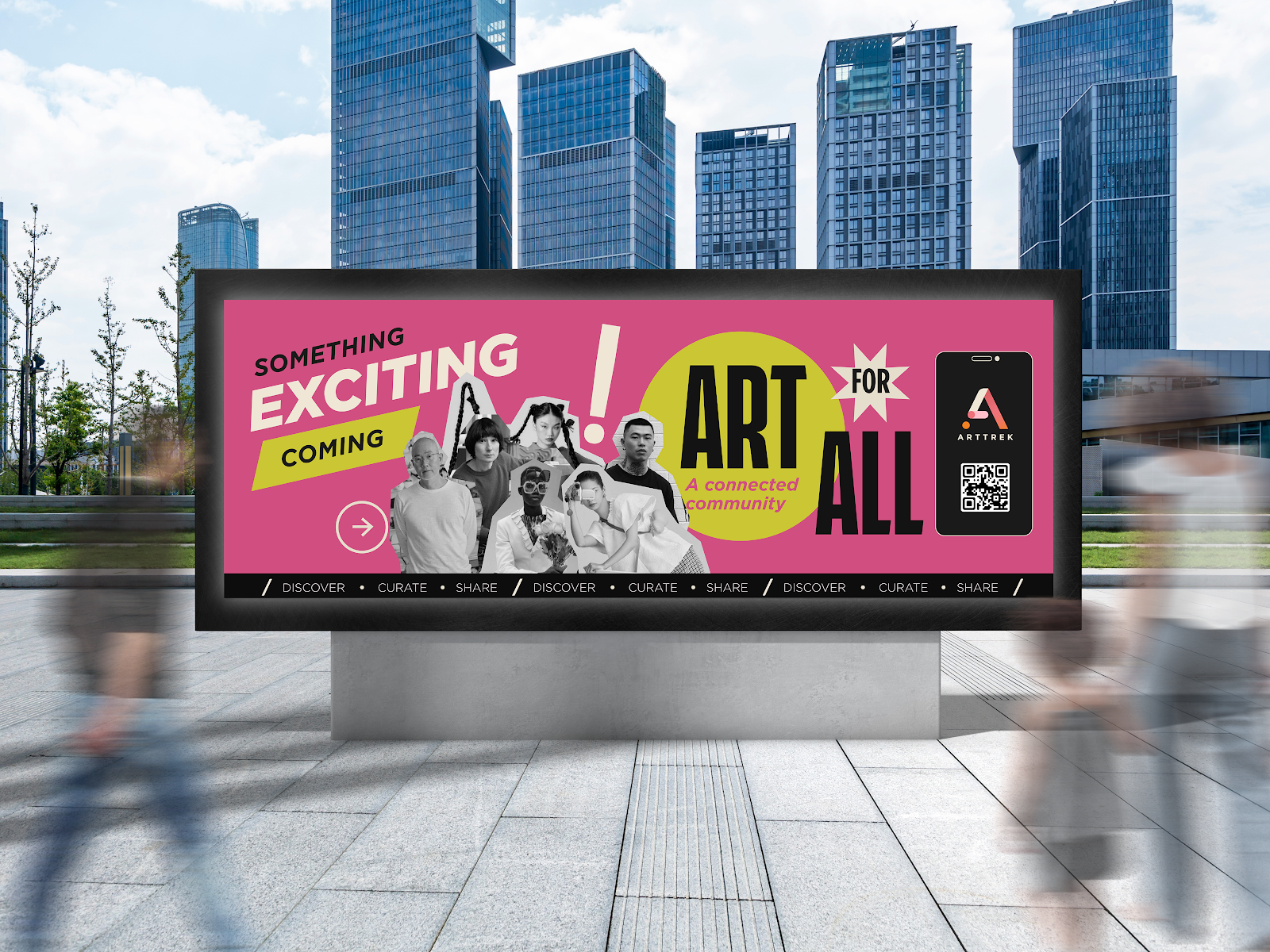MINOR PROJECT//ARTTREK
INSTRUCTIONS:
Minor Project// Brief
IMPORTANT LINKS:
Briefing:
In this task, we are to propose and produce a minimum of 5 merchandise
items for a selected project from SBS (including 1 POP display). The
items should communicate the relationship of the product and to
increase the brand awareness of the product in ad digital mockups.
Research:
Contextual researchWe begin the project by doing contextual research on street art to better understand the topic. We also did an analysis on the competitors.
Figure 1.0 my contextual researchBelow are the compilation research done by me and my team.
Figure 1.1 group contextual researchAfter the feedback session, we realised our data research wasn't sufficient, as in most other countries. Hence, we started to approach artists and check out local street art community groups to dive into the real scene.
Figure 1.2 supporting dataPersona
These are the process of how we came out with our personas. We did many revisions as our initial context revolved around street art. Then we narrowed them down to artists and the community. We also use an empathy map to help us better identify the needs and pains of the personas.
Figure 1.3 draft persona 1
Figure 1.4 empathy map and new persona
Figure 1.5 final personaBelow are the total number of target interviewees. Each of the member will in charge of 5-6 artists and enthusiasts and minimum 10 person from the community.
Data collection:Survey Questionnaire-CommunityWe listed out a list of questions including close-ended and open-ended questions.
Figure 2.0 survey questions
Figure 2.1 community responses Interviewing
Below are the sample questions for the artist. We also allow us to make suitable changes during the physical interview depending on the interviewee's answer.
Figure 2.2 list of interview questionsFigure 2.3 online interview session
DefineAfter collecting all the data from the artist and the community, we compile them into google sheets and analyze the answers.
Figure 3.0 respondent answersProblem statement
Figure 3.1 Forming problem statementHow might weOnce we formed the problem statement, we proceed to think how might we (s) base on thew problems that we need to solve.Figure 3.2 Forming How Might We (s)
IdeationARTTREK aim to include different forms of art, hence we came out the main categories that needs to be in the app.Figure 3.3 taxanomy
Art direction (First draft)
Logo Figure 5.0 draft 1 logos suggested by me
Figure 5.1 Final ARTTREK logo refined by LeneFigure 5.2 logo variation by lene
Figure 5.0 draft 1 logos suggested by me
Figure 5.1 Final ARTTREK logo refined by LeneFigure 5.2 logo variation by lene
Task 1: Proposal Presentation
Figure 6.0 ARTTREK proposal
Task 2: Design Development
1. User Journey MapOnce our proposal has approved by Mr.Damien, we begin to work on the user journey map based on 5 stages.
Figure 7.0 User journey map
At the same time, we revamped our art direction to match our brand values and were able to accommodate all of the arts. Below is the outcome from me.Figure 8.0 previous art direction
Figure 8.1 Final art direction
Figure 8.3 Final typography and colour palette
Figure 8.4 Final design assets
Persona
These are the process of how we came out with our personas. We did many revisions as our initial context revolved around street art. Then we narrowed them down to artists and the community. We also use an empathy map to help us better identify the needs and pains of the personas.
Figure 1.4 empathy map and new persona
Interviewing
Below are the sample questions for the artist. We also allow us to make suitable changes during the physical interview depending on the interviewee's answer.
Figure 2.2 list of interview questions

2. TouchpointsWe design the touchpoints based on the phases in the User Journey Map. The graphic design team will be in charge of the promotional campaign, and UIUX Team will be for the app interface design. We used project tracking to segregate the task and keep track of each other's progress.
i. Awareness -Pre-launch (OOH)
These are the design outcomes that I produce. While maintaining the consistency of the brand image, I utilise the shapes to make the poster's information more engaging. The photography was further refined to a more Asian look after we received feedback from Mr. Mike.
Figure 9.0 draft 1 ooh designFigure 9.4 final pre-launch OOH designs by me
OOH Mock up to make the designs look more believable, I proceed to do mock ups.
i. Awareness -Pre-launch (OOH)
These are the design outcomes that I produce. While maintaining the consistency of the brand image, I utilise the shapes to make the poster's information more engaging. The photography was further refined to a more Asian look after we received feedback from Mr. Mike.
Figure 10.4 Final Promotional Video
3. Decision : Showcase App Features
Figure 10.3 geo-tagging feed coverFigure 10.4 curation feed coverFigure 10.5 connect feed coverFigure 10. 6 social media feature feed mock
5. Loyalty -Event"Art4All"
Figure 10.4 Event feed coversEvent TicketsFigure 10.5 tickets designFigure 10.6 tickets design and mockFigure 10.7 tote design and mock
Task 3: Final Presentation Deck (Design + Business Team)
Figure 11.0 Final Proposal ARTTREK
Figure 11.1 Final ARTTREK app prototype
Figure 11.2 Final Project Document
FEEDBACKWeek 1- Do not start designing first, but start with your contextual research, get to know more about the topic, do case studies about existing applications, possible issues, innovations.
Week 2-Need more supporting data (why we choose these 4 categories for the personas), go more in-depth (why do these ppl need an app?), dive into the community.
Week 3
persona confirmed
interview questions (qualitative) good to go just add more questions regarding the app, and add quantitative survey for community persona
it should remain the main idea in regards to the project but it depends on us
prior to sending our the survey questions we need to set a target where we are to divide the percentage of audience from our persona
reminder that can’t fulfill all the needs of the persona, but try our best to make it
for street artist it is the matter of having their permission to showcase the work
Week 4
give more reasons for the app to be created
ask how artists define street art
client wants to broaden the scope to street arts and vandalism will not be the issue as of the present, wants to capture and preserve art
the survey has returned 81 responses from the targeted 126
there were 3 targeted personas, which returned with an added studio owner category, to explore further on this new category.
to complete the ‘Insights’ development by this week before proceeding to the problem statement.
Week 5
overall fine, collected data justifies why we wanna create the app
insights are inaccurate, it should be something we didn't know or assume, surprising findings from the data
think about how to make our app into a go to app for people
app needs community to survive (ppl to use app, only talk to brands)
needs a clearer big idea for the app
problem statements need to be short, easy to remember
having more problem statements means there needs to be more budget and time for it, if possible try to find the similarities and patterns and see if it can be merge
categorise the target audience base on their needs
needs more insights from the artists go interview 2-3 more, ask what they know or think of curation, when talking about exposure what do they mean, what kind of exposure do they want
interview curators, how they define art, how they categorize them
can start on the art direction, make sure it is right look that can serve the target audience
View full feedbacks in ARTTREK Project Document (W1-W15)
Week 1- Do not start designing first, but start with your contextual research, get to know more about the topic, do case studies about existing applications, possible issues, innovations.
Week 2-Need more supporting data (why we choose these 4 categories for the personas), go more in-depth (why do these ppl need an app?), dive into the community.
Week 3
persona confirmed
interview questions (qualitative) good to go just add more questions regarding the app, and add quantitative survey for community persona
it should remain the main idea in regards to the project but it depends on us
prior to sending our the survey questions we need to set a target where we are to divide the percentage of audience from our persona
reminder that can’t fulfill all the needs of the persona, but try our best to make it
for street artist it is the matter of having their permission to showcase the work
Week 4
give more reasons for the app to be created
ask how artists define street art
client wants to broaden the scope to street arts and vandalism will not be the issue as of the present, wants to capture and preserve art
the survey has returned 81 responses from the targeted 126
there were 3 targeted personas, which returned with an added studio owner category, to explore further on this new category.
to complete the ‘Insights’ development by this week before proceeding to the problem statement.
Week 5
overall fine, collected data justifies why we wanna create the app
insights are inaccurate, it should be something we didn't know or assume, surprising findings from the data
think about how to make our app into a go to app for people
app needs community to survive (ppl to use app, only talk to brands)
needs a clearer big idea for the app
problem statements need to be short, easy to remember
having more problem statements means there needs to be more budget and time for it, if possible try to find the similarities and patterns and see if it can be merge
categorise the target audience base on their needs
needs more insights from the artists go interview 2-3 more, ask what they know or think of curation, when talking about exposure what do they mean, what kind of exposure do they want
interview curators, how they define art, how they categorize them
can start on the art direction, make sure it is right look that can serve the target audience
REFLECTION
Week 1
In week one, we did grouping and selection of topics. As this is a multidisciplinary project, I learned the importance of equal partnership and teamwork to ensure the project runs smoothly. The project started with contextual research by studying the background of street art. I read through online articles, journals and news to better understand the current situation of street art in Malaysia. After digesting the information, I highlighted the interesting points and issues from my reading and put them on the Miro board. The beginning stage was confusing as there were many different opinions and definitions of street art. It was something we needed to consider and decide on where we wanted to stand. Understanding the context is essential to know the information about street art before moving to the next steps. We also did case studies on existing Street art applications in the market to understand their features and did a short analysis. Knowing the competitors helps develop ARTTREK in the later stage so that we can come out with its unique selling point
Week 2
Business students shared their updated presentation slides with us this week, and we discussed the business idea. We suggested they consider 'promoting local shops around street art', which may not be the app's primary objective; therefore, it can be part of the feature. For example, to divert the focus to street art instead of promoting many local shops. We also clarified with business students that the outcome would be a Low-Fidelity Prototype mock to clear the misunderstanding. Computing students mentioned that they would carry out survey questionnaires from their side to study the app/ understand what people prefer more. At the same time, they agreed to work with our UIUX teammates. Initially, we drafted the persona into four target groups (artists, enthusiasts, tourists, and community). However, there is insufficient evidence to prove that these personas will fit our app. Therefore, we tried to join the online street art community and began approaching the street artist. Besides, we screen captures the reviews and comments from community members and google reviews. Mr Mike also advised us to reach out to art curators like Wei Ling Gallery, Pentas.io and some famous artists to listen from their perspectives. It is essential to enable us to look at street art from a broader perspective. After receiving the feedback and answers, we narrow down the personas into three main groups, the artist, enthusiast and community. Our group proceeded to draft interview questions for these personas to obtain more information.
Week 1
In week one, we did grouping and selection of topics. As this is a multidisciplinary project, I learned the importance of equal partnership and teamwork to ensure the project runs smoothly. The project started with contextual research by studying the background of street art. I read through online articles, journals and news to better understand the current situation of street art in Malaysia. After digesting the information, I highlighted the interesting points and issues from my reading and put them on the Miro board. The beginning stage was confusing as there were many different opinions and definitions of street art. It was something we needed to consider and decide on where we wanted to stand. Understanding the context is essential to know the information about street art before moving to the next steps. We also did case studies on existing Street art applications in the market to understand their features and did a short analysis. Knowing the competitors helps develop ARTTREK in the later stage so that we can come out with its unique selling point
Week 2
Business students shared their updated presentation slides with us this week, and we discussed the business idea. We suggested they consider 'promoting local shops around street art', which may not be the app's primary objective; therefore, it can be part of the feature. For example, to divert the focus to street art instead of promoting many local shops. We also clarified with business students that the outcome would be a Low-Fidelity Prototype mock to clear the misunderstanding. Computing students mentioned that they would carry out survey questionnaires from their side to study the app/ understand what people prefer more. At the same time, they agreed to work with our UIUX teammates. Initially, we drafted the persona into four target groups (artists, enthusiasts, tourists, and community). However, there is insufficient evidence to prove that these personas will fit our app. Therefore, we tried to join the online street art community and began approaching the street artist. Besides, we screen captures the reviews and comments from community members and google reviews. Mr Mike also advised us to reach out to art curators like Wei Ling Gallery, Pentas.io and some famous artists to listen from their perspectives. It is essential to enable us to look at street art from a broader perspective. After receiving the feedback and answers, we narrow down the personas into three main groups, the artist, enthusiast and community. Our group proceeded to draft interview questions for these personas to obtain more information.











































Comments
Post a Comment